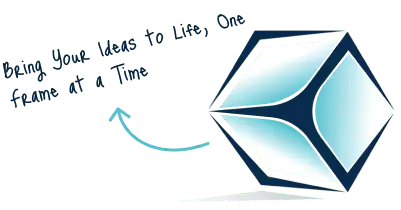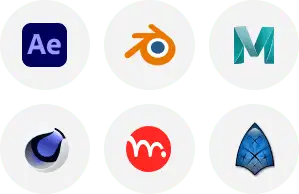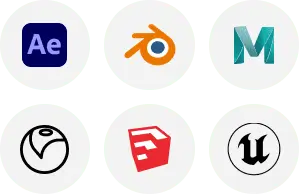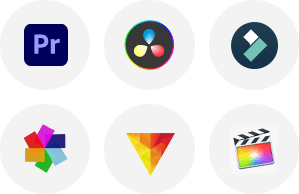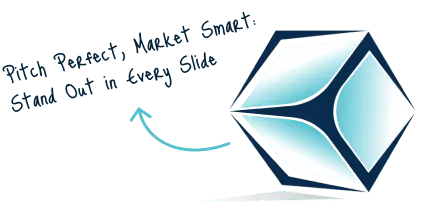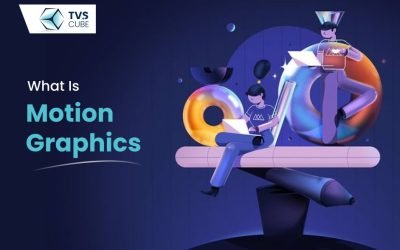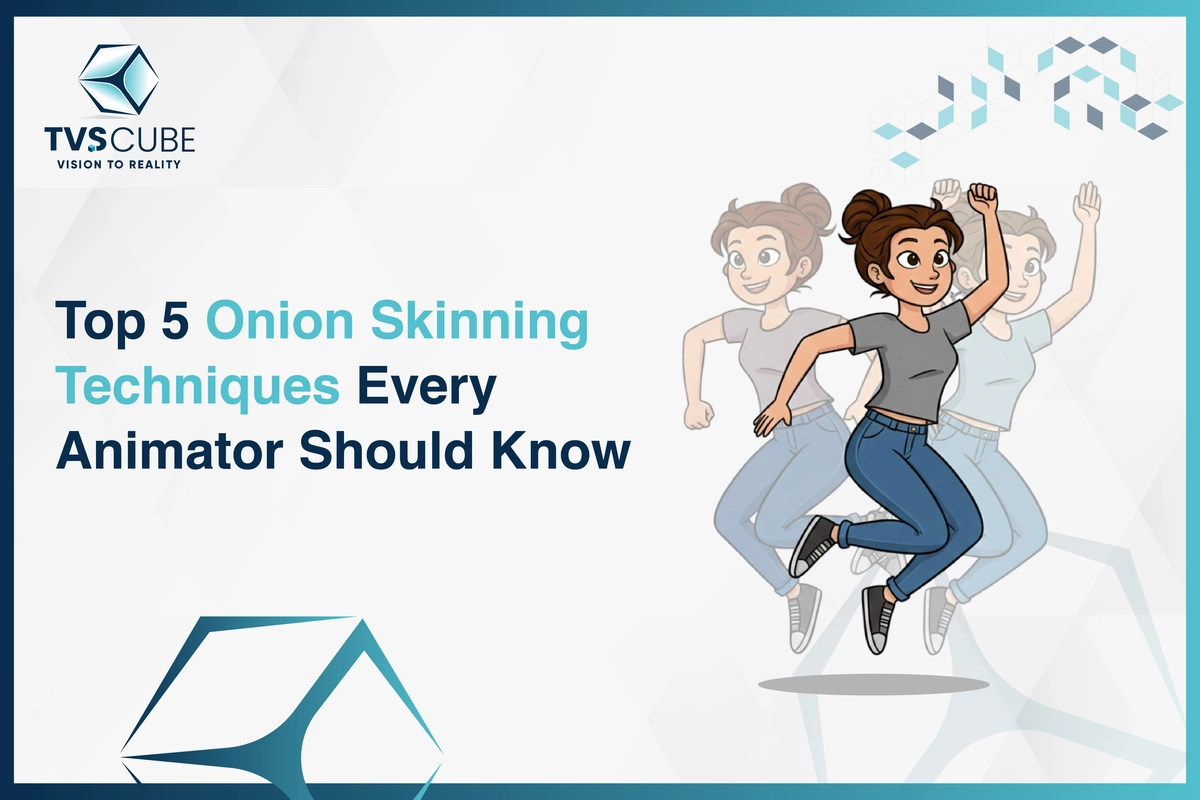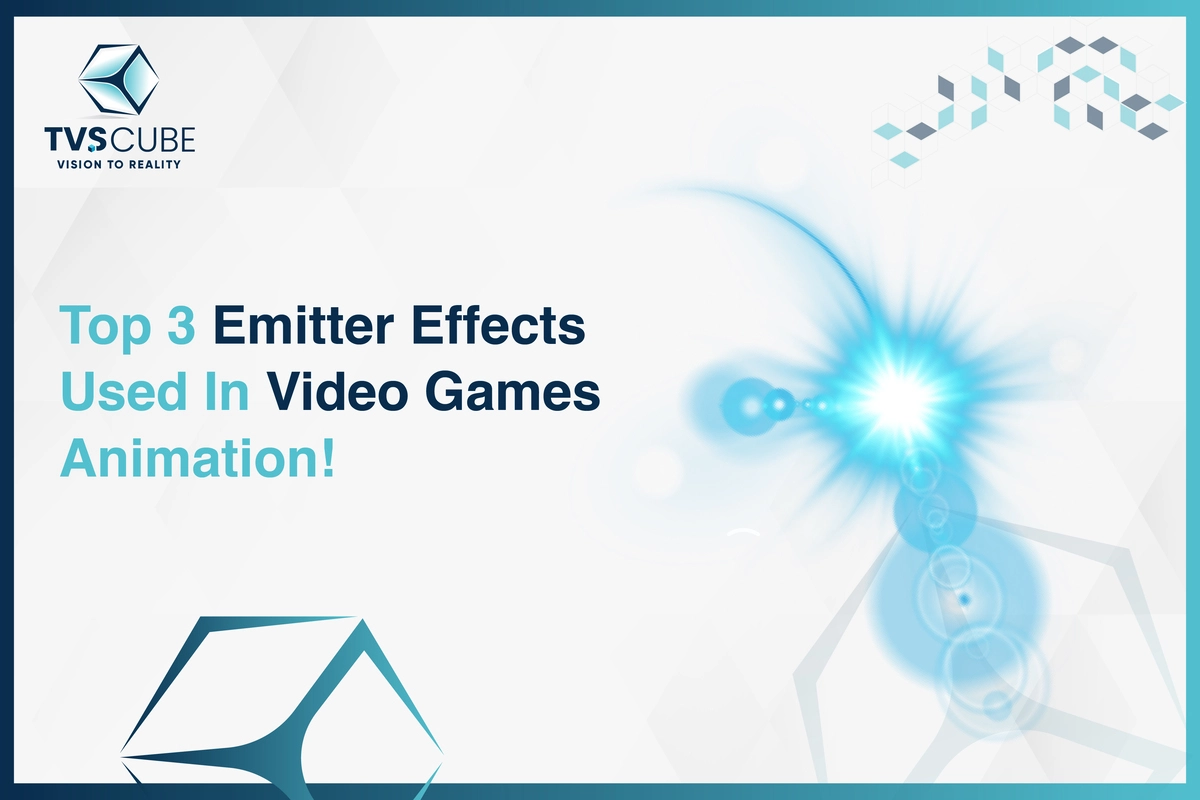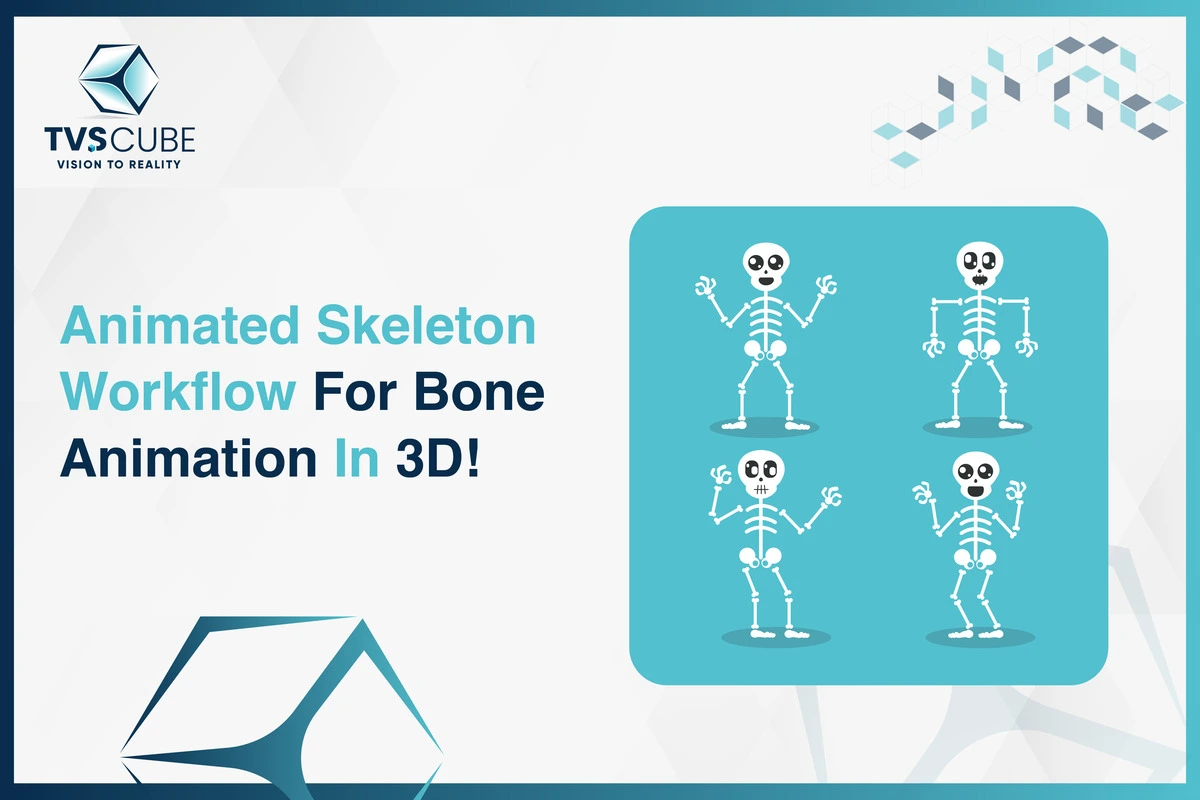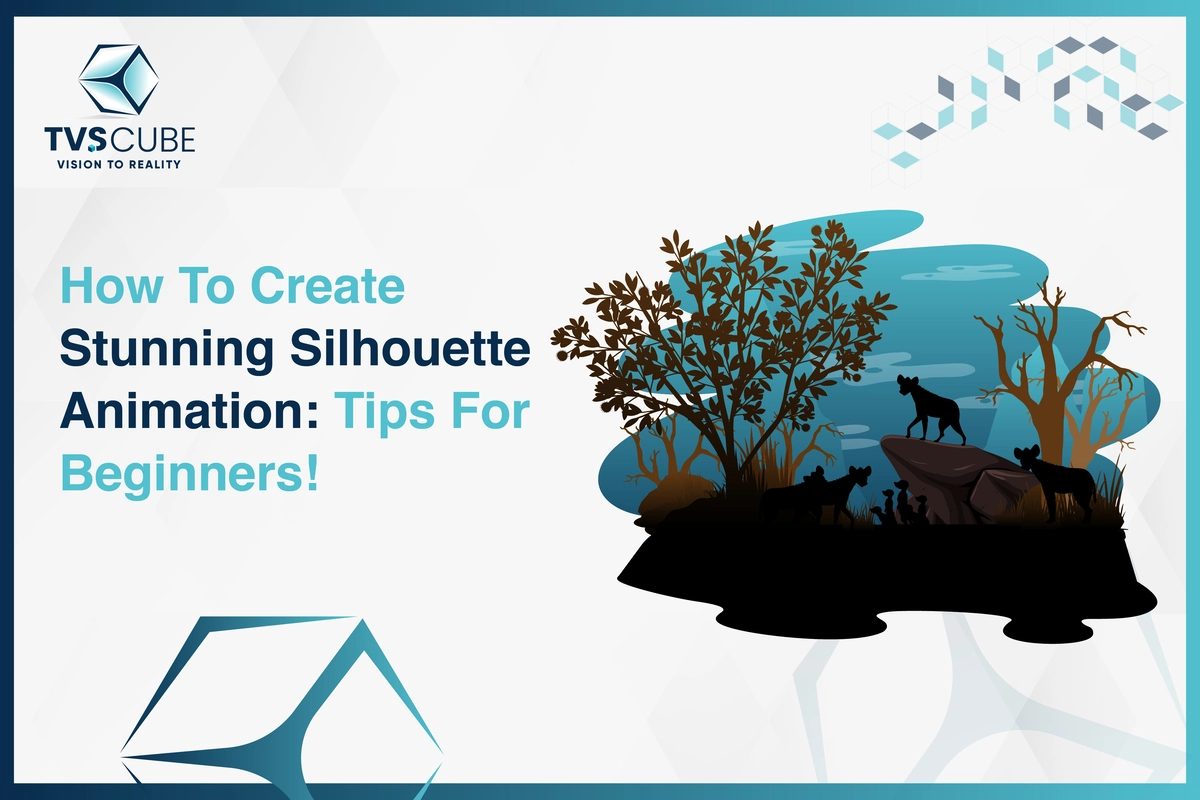Motion graphics is a compelling form of visual art that blends graphic design principles with animation approaches to make engaging and dynamic content. This medium has become increasingly widespread in different industries, including television, film, advertising, and digital media. Our company TVS Cube, in this comprehensive exploration, will delve into the definition of motion definition, its history, applications, key elements, techniques, and future trends.
Understanding Motion Graphics: The Art of Animated Visual Design
Motion graphics, at its core, refers to the animated graphic design that brings visual elements to reality through movement. Typically focus on abstract elements, typography, icons, and shapes unlike traditional animation, which usually involves character-driven storytelling. The outcome is visually stimulating content that can convey messages, improve storytelling, or serve useful purposes, such as guiding users in a website or an app.
Benefits of Motion Graphics:
Motion graphics offer an engaging and dynamic way to improve communication by grasping attention, facilitating complex information, and enhancing retention rates. From advertising and education to social media and entertainment, Animators utilize versatile tools that can effectively engage audiences across different platforms. Motion graphics not only boost brand identity but also improve user experience and interaction by integrating visual storytelling with animation. Their flexibility in style and cost-effectiveness make them a strong asset for creators and marketers, allowing innovative techniques to communicate messages and drive engagement.
Applications of Motion Graphics:
Motion graphics have discovered a stage in different sectors due to their versatility and effectiveness in communication. Here are some key applications:
Film and Television:
Graphics are broadly used in film and television for title sequences, credits, and transitions. Motion graphics programs set the mood, share themes, and deliver vital information without interrupting the narrative’s flow.
Advertising and Marketing:
Brands use programs for promotional videos, commercials, and social media content to quickly grasp attention and communicate messages. The visual appeal of motion graphics allows for improved brand engagement and recognition.
User Interface Design:
Motion graphics, in digital products, play an essential role in improving user experience. Animated icons, transitions, and feedback animations assist guide users and make interfaces more intuitive.
Education and Training:
Motion graphics are useful tools in educational content. They can facilitate complex concepts, that make them easier to understand through animated diagrams, infographics, and explainer videos.
Web and Social Media Content:
Motion graphics have become a widespread format for storytelling and engagement with the rise of video content on social media. Animated posts, GIFs, and banners are widely shared and can go viral, increasing brand visibility.
Key Elements of Motion Graphics:
Designers usually incorporate several key to create compelling motion graphics:
Typography:
Text is an essential element of motion graphics. Designers creatively animate fonts and typefaces to communicate messages, highlighting specific words or phrases to improve the narrative.
Color:
Color plays an essential role in setting the tone and mood. Designers use color palettes that perfectly align with the brand identity or the dynamic context of the content.
Shapes and Icons:
Abstract shapes and icons are usually used to convey concepts or ideas visually. These components can be animated to create visual metaphors, improving the message being communicated.
Sound Design:
Sound complements adding an auditory layer that improves the comprehensive experience. Sound effects, voiceovers, and background music can enormously influence how the audience perceives the visuals.
Timing and Rhythm:
The timing of animations is essential in graphics. Designers must carefully plan the sequence and duration of movements to create a rhythm that engages viewers and keeps them interested.
READ ALSO: Best 3 Practices for Creating Engaging Motion Graphics
Techniques in Motion Graphics:
Creating influential graphics involves using different techniques. Here are some commonly used methods:
2D Animation:
This process involves creating movement in two-dimensional space. Designers employ software to animate flat graphics, usually containing frame-by-frame or keyframe animation methods.
3D Animation:
Three-dimensional animation creates depth and realism. Motion graphic designers employ 3D software to model, texture, and animate objects, allowing for more intricate visual storytelling.
Stop Motion:
Physical objects, in stop motion animation, are photographed in small increments to create the illusion of movement. This approach can add a unique, tactile quality.
Kinetic Typography:
This strategy focuses on animating text in a manner that improves its significance and impact. Kinetic typography can be used to highlight key points and create an engaging visual experience.
Visual Effects (VFX):
Motion graphics usually incorporate visual effects to improve the comprehensive composition. VFX approaches can be employed to make lifelike environments, explosions, or other elements that boost the visuals.
Tools and Software for Motion Graphics:
Several software and tools options are crucial for motion graphic designers. Here are some popular ones:
Adobe After Effects:
After Effects, one of the most widely used software, allows designers to create complex animations, effects, and compositing.
Cinema 4D:
Cinema 4D, a 3D modeling and animation software, is known for its user-friendly interface and strong capabilities, making it perfect for making captivating 3D Animation.
Blender:
An open-source 3D creation suite that supports the entirety of the 3D pipeline, including modeling, rigging, animation, simulation, rendering, compositing, and motion tracking.
Adobe Animate:
This software is significant for making interactive animations for web and mobile applications, allowing designers to produce vector-based animations.
Final Cut Pro and Premiere Pro: While primarily video editing software, both motion graphics programs allow for basic motion graphics integration, which makes them valuable for integrating live-action footage with animated elements.
Conclusion:
Our motion graphics company, TVS Cube provides services of motion graphics which is a strong medium that integrates art and technology to produce visually captivating content. Motion graphics have become an integral part of storytelling and communication across various industries from its benefits to its modern applications. Motion graphics will certainly remain an essential element of visual communication in our increasingly digital world whether for advertising, education, or entertainment.





